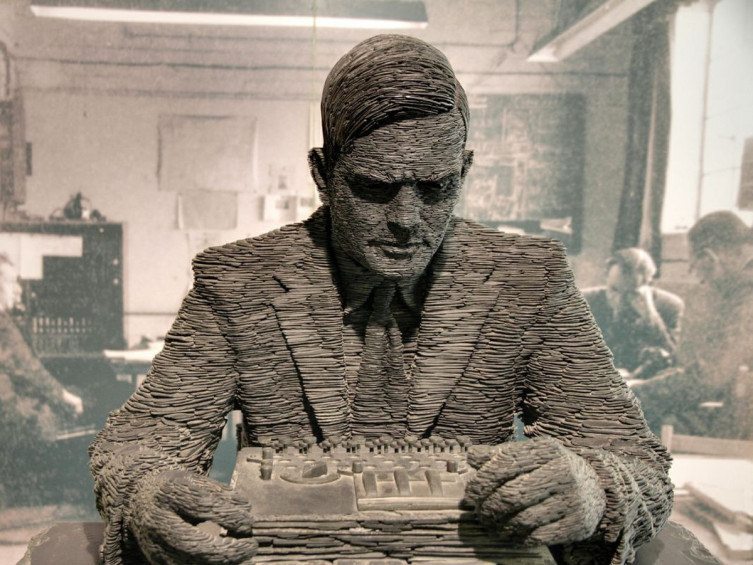Why does your site load for a long time?
 Remember how often you get annoyed when you go to Odnoklassniki.ru. And the point here is not at all that you do not like to communicate on social networks or simply have something against the site’s management. Not at all, the whole problem is that you can have time to drink 5 cups of tea before the page of this resource loads in the browser. No matter how good, informative, and useful the site may be, it needs to work quickly. If this requirement is not met, in most cases the resource will lose its visitors, who will prefer a less high-quality, but faster portal, in return. Therefore, I would like to talk about the reasons for the slow operation of your resource, so that later you can move on to methods to eliminate these causes. First of all, this material will be useful to owners of serious resources, since for the most part the problems of page loading speed concern them. However, owners of business card sites should also not neglect optimization rules, especially if their site is based on CMS.
Remember how often you get annoyed when you go to Odnoklassniki.ru. And the point here is not at all that you do not like to communicate on social networks or simply have something against the site’s management. Not at all, the whole problem is that you can have time to drink 5 cups of tea before the page of this resource loads in the browser. No matter how good, informative, and useful the site may be, it needs to work quickly. If this requirement is not met, in most cases the resource will lose its visitors, who will prefer a less high-quality, but faster portal, in return. Therefore, I would like to talk about the reasons for the slow operation of your resource, so that later you can move on to methods to eliminate these causes. First of all, this material will be useful to owners of serious resources, since for the most part the problems of page loading speed concern them. However, owners of business card sites should also not neglect optimization rules, especially if their site is based on CMS.
Before you begin to consider the methods of website acceleration, you need to familiarize yourself with the algorithm for obtaining a web page in order to understand what exactly affects the load time of your site and how to make this time the smallest. As an example, let’s take a standard dynamic page with the presence of java scripts, php code, connected style sheets and, of course, native html. So, when you enter the address of such a saturated page in the address bar of your browser and after a few seconds you observe its visual interpretation on the screen of your monitor, the following happens at a level hidden from the user: the browser sends a request for receiving this page using the http protocol (hypertext transfer protocol) to the server on which it is stored. The server, in turn, processes this page, executing its php code, if any, accesses the database server, if necessary, then generates all this in html code and returns it to the browser, which gives this html code to our usual mind. It is worth noting that the server does not need server help to execute java scripts for the browser. It is time to approach the key point and, finally, to figure out what is the reason for the long page loading, its long formation. The fact is that, in addition to the request to receive the page code itself, the browser must also send requests to all external resources from which this page should contain information, whether it be tables with styles, pictures, java libraries, background images – in short, everything that is necessary for the correct display of your site. In addition, just sending a request is not enough; you also need to execute it. If a high-resolution image is loaded in the code of a web page as the background of its content, it takes time to load it. Thus, the answer to the question of what components add up to the display of a web page, pops up to the surface. The site loading speed directly depends on the number of requests sent by the browser and on the time of their processing.
So look now yourself. Do your site pages use a separate style file? This means that the browser will send a separate request for this file. Is there a java script in the page code, for the execution of which it is necessary to connect this or that library? Again the browser sends a request and connects this library. Is there a separate picture for each article on your site? The browser will send a request for each and will load each. As a result, it turns out that the fewer requests the browser will execute upon loading, the smaller the size of the received pages on your site will be, the faster the Web users will be able to see it on their monitors. However, this advice cannot be called good from the point of view of optimization, since there is not much optimization in it. Well, so what can you do if you can’t do with the small size of web pages – if they contain photo galleries, connect several stylesheets, process java scripts, in short, make the browser sweat a lot before it can present your user portal in all its glory?




